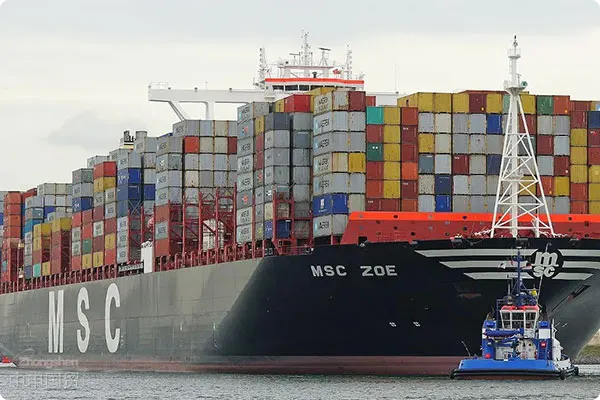- Shanghai Zhongshen International Trade Co., Ltd. - Two decades of trade agency expertise.
- Service Hotline: 139 1787 2118

Contents
ToggleTriple Screening Mechanism for Agency Import Equipment Project Development
By 2025, when the global procurement scale of the equipment manufacturing industry exceeds $800 billion,foreign tradeThe biggest challenge faced by agency enterprises is no longer simply finding import projects, but how to identify high-quality projects with sustainable profitability from a vast amount of information. This article will reveal the underlying logic of project development by professional agency companies, focusing on analyzingMedical Equipment, project screening methodologies in fields such as semiconductor equipment.
Four core dimensions of project screening
PremiumEquipment ImportsThe selection of projects requires the establishment of a multi-dimensional evaluation system:
- Industry Prospect Validation
- Support from national industrial policies (e.g., key areas in the 14th Five-Year Plan)
- The compound annual growth rate (CAGR) of the terminal market is ≥15%.
- Maturity of industrial chain support (localized service radius ≤200 km)
- Evaluation of Equipment Technical Parameters
- The technological generation gap is ≥2 generations (referring to the technical classification of customs HS codes).
- International Certification Completeness (CE/FDA Certification Validity Verification)
- Equipment compatibility (interface matching with existing production lines)
The Four Major Channel Matrix for Project Development
By 2025, the effective project development channels will exhibit diversified characteristics:
- Vertical industry exhibition(such as MEDICA medical exhibition, SEMICON China)
- ICC Resources(VDMA Germany, JMC Japan, etc.)
- Digital procurement platform(MIO Expo Global Linkage System)
- Industry-University-Research Consortium(University Scientific and Technological Achievement Transformation Project)
The triangular model of risk control
- Technical risk management and control
- Parameter error compensation clause (compensation mechanism activated when accuracy error ≥0.5%)
- Third-party agency pre-acceptance system (TUV on-site inspection)
- Business Risk Prevention
- Payment schedule design (30% advance payment + 40% upon bill of lading copy + 30% upon acceptance).
- Exchange rate lock period (recommended to cover 90 days before shipment to 30 days after arrival at port)
Analysis of practical cases
Case 1: German CT Equipment Import Project
Obtain the equipment parameter template through the VDMA Chamber of Commerce, conduct technical adaptation and modification in accordance with NMPA registration requirements, and ultimately complete the $6.5 million medical equipment import using a back-to-back LC method.
Case 2: Japanese Semiconductor Coating Equipment Project
By leveraging the RCEP rules of origin, the tariff was reduced from 8% to 3.2%. Through the technical verification process, a domestic consumables adaptation solution was implemented, successfully securing a five-year exclusive agency right.
Continuous Operation Strategy for the Project
- Establish a full lifecycle management record for equipment (including maintenance data across 200+ dimensions).
- Regularly produce market analysis reports (updated quarterly on changes in end-user demand).
- Build a spare parts supply chain system (with a safety stock of key components ≥ 3 months' usage).
In the year 2025, when the Regional Comprehensive Economic Partnership (RCEP) is fully implemented, equipmentImport RepresentationServices have shifted from mere trade intermediation to technology integration services. By establishing a trinity capability system encompassing technical validation, risk management, and localization services, professional agencies are redefining the market rules for equipment introduction.
Related Recommendations
? 2025. All Rights Reserved. Shanghai ICP No. 2023007705-2  PSB Record: Shanghai No.31011502009912
PSB Record: Shanghai No.31011502009912










